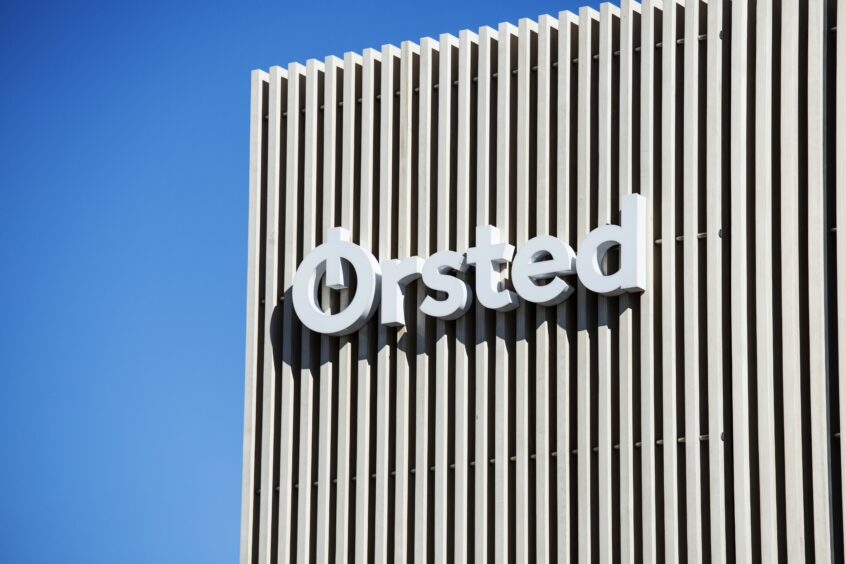
The crisis engulfing Ørsted, the Danish state oil company-turned-flagbearer of the offshore wind sector, is an indictment of the firm’s senior management. The debacle marks a nadir in the flagging fortunes of the wider offshore wind industry, and raises profound questions around how to commercialise capital-intensive renewable megaprojects in an era of high interest rates and macroeconomic volatility.
A series of strategic missteps in the US culminated in Ørsted’s decision to scrap the Ocean Wind 1 and 2 projects offshore New Jersey on Wednesday, triggering an eyewatering $4 billion impairment and another stock price meltdown.
Ørsted CEO Mads Nipper has presided over a ruinous period for shareholders that has wiped $38 billion (60%) off the company’s market cap since January 2023.
Booking a $4 billion write-down on the cancellation of US projects that were yet to take a final investment decision (FID) demands an explanation because major capital expenditure typically begins after this milestone.
Ørsted sold a 25% stake in Ocean Winds 1 in 2021 to New Jersey’s Public Service Enterprise Group (PSEG) before buying it back in early 2023.
The decision to reacquire at this stage bears scrutiny… find out why by reading the full editorial at E-FWD, the exclusive membership community for accelerating change in the North Sea energy industry.
 © Supplied by Orsted
© Supplied by Orsted